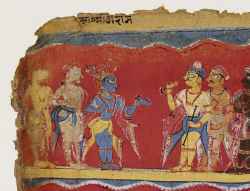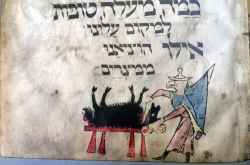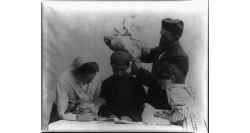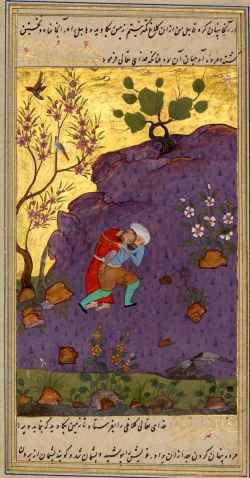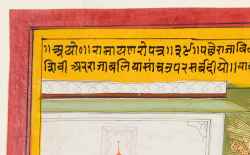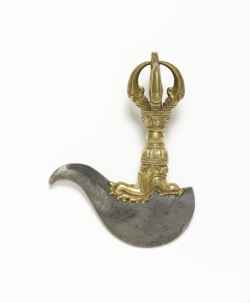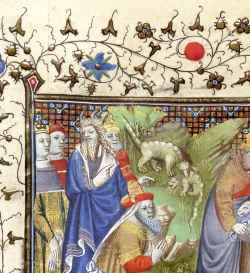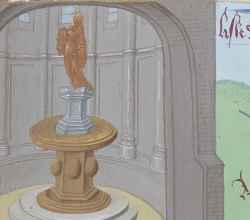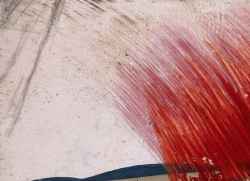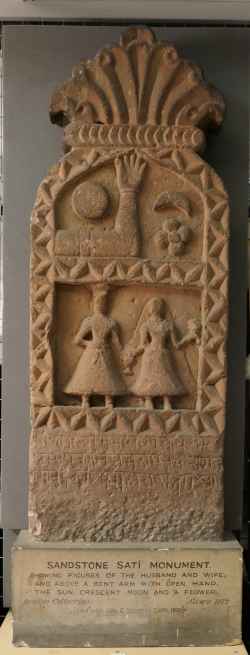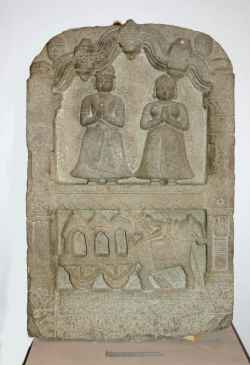Topic: 2. Sacrifice and religion: Comparisons, Antiquarians, Anthropology (16th-18th Century)
Religious sacrifices across various cultures and contexts sparked widespread interest in Early Modern Europe. As Christianity expanded into regions inhabited by "infidels" and "pagans", Europeans encountered a diverse array of sacrificial customs, ranging from the Sati rituals in India to the Aztec sacrifices in the Americas. This cross-cultural exposure captivated a wide audience, including theologians, philosophers, political thinkers, antiquarians, orientalists, missionaries, poets, artists, and even the general public. These encounters broadened the European understanding of sacrifice and led to a critical reassessment of classical and biblical sacrificial rites. This section includes:
- Sources: A selection of early modern printed materials, which include descriptions of the Americas, Asia, and Africa, alongside antiquarian and philological studies on religious sacrifice in classical antiquity and beyond. It also presents early modern works of ethnological observations and the first attempts to compare different sacrificial practices in various traditions and contexts, laying the groundwork for disciplines like the history of religions and anthropology.
- Iconographic Representations: A rich collection of images from the 16th to 18th centuries, illustrating a range of sacrificial rituals and practices as seen in different cultural and geographical contexts.
- Related Bibliography: An extensive bibliography spanning scholarly works from the 19th to 21st centuries, providing contemporary analyses and interpretations of these early studies and observations.
Musei Borgiani Velitris. Tab III pictura indica autographa exhibens sacrificium Túkam (1791)
from: Paulinus a S. Bartholomaeo, Systema Brahmanicum liturgicum, mythologicum, civile, Rome 1791
New York Public Library
Pesah dorot (from the Birds’ Head Haggadah) (1300)
from: Birds’ Head Haggadah (Germany)
Israel Museum in Jerusalem
Photograph shows the Kapparot. Two girls and a boy reading from a book; each girl is holding a hen as a man holds a rooster over the head of the boy. (1901)
from: Photographic prints
Library of Congress, Washington DC
Qābil (Cain) and the dead Hābil (Abel) (XVI)
from: Nīšāpūrī, Isḥāq Ibn-Ibrāhīm: Qiṣaṣ al-anbiyāʾ
Staatsbibliothek zu Berlin, Diez A fol. 3
Queen Kaikeyi reminds King Dasharatha about the sacrifices of King Bali and King Shivi, (c. 1710)
from: folio 39 from the Ayodhya Kanda (Book of Ayodhya) of a Ramayana. Northwestern India, Rajasthan, Rajput Kingdom of Mewar, Court of Amar Singh II
The Cleveland Museum of Art
Rishyasringa performing the ceremony for obtaining sons. He is shown chanting mantras and pouring obligations into a fire with the help of priests (1712)
from: Ramayana, Bala Kanda [Udaipur]
London, British Library, Add. 15295, f. 36
Ritual knife (grigug), Tibet (18th)
London, V&A Museum
Sacrifice of a Lamb (14th)
from: Saint Augustin, La Cité de Dieu, traduite en français par Raoul de Presles, livres I-X
Paris, BnF, Français 20, fol. 253
Sacrifice of Iphigenia (1495)
from: Raoul Le Fèvre: Recueil des histoires de Troie (Belgium)
Paris, BnF, Français 22552, fol. 227
Sacrificial Fire, from the 'Tula Ram' Bhagavata Purana (c. 1720)
from: Western India, Gujarat, Surat
The Cleveland Museum of Art (Gift of John D. Proctor)
Sacrificial Knife (Indonesia, West Java, Koetjang)
from: Indonesia, West Java, Koetjang
Dresden, Museum für Völkerkunde
Sacrificing the Sabine cow (1470-1480)
from: Valerius Maximus, Facta et dicta memorabilia, trad. Simon de Hesdin et Nicolas de Gonesse (Bruges)
Paris, BnF, Français 289 f.329v
Santiago matamoros (XIII)
from: Guitiriz, Lugo (Spain)
Church of Santa María de Labrada (frescos)
Sati (suttee): a woman immolating herself on her husband's funeral pyre. Gouache painting on mica by an Indian artist. (1800-1899)
from: India
London, Wellcome Collection
Sati Stone (18-19th)
from: Madhya Pradesh, India
Jahangir Mahal Museum
Sati Stone (17th-18th)
from: India
Ferenc Hopp Museum of Asiatic Arts, Budapest


